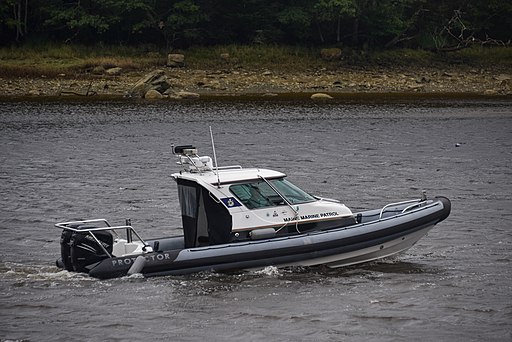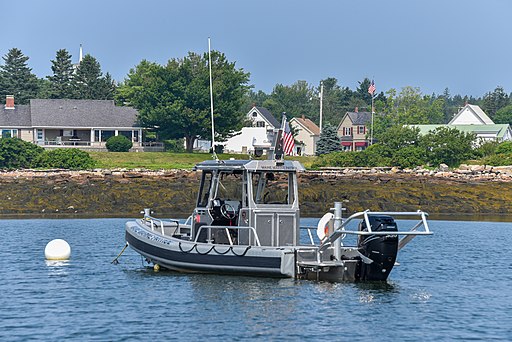How to Balance Weight on Your Boat
Posted
Last Updated
Control of people and weight ensures safety and better handling.

Managing the load aboard your boat begins before you set out and continues throughout the day. Keep an eye on your boat’s load, and you’ll enjoy greater safety, increased efficiency and improved handling.
First off, never exceed the capacity rating of your boat. Even if it’s the Fourth of July, your cousins are in town, or it’s just a short trip to the sandbar, don’t risk lives by overloading your boat. Find the capacities, listed in pounds and in persons, engraved or imprinted upon a plaque or sticker located near the helm. Know that for the purposes of capacity, a person equals 150 pounds. So, if your linebacker-size uncle fishes with you, count him as two people.
Some boats carry a yacht certification or otherwise lack a capacity plate. If you own one, apply this formula: The recommended number of people equals boat length (in feet) times boat width (in feet) divided by 15.
For example, a 23-foot boat with an 8-foot-6-inch beam might safely carry 13 people. That said, a baker’s dozen is a lot of people for a 23-footer. Rough water, engine power, weather forecast, tide schedule, and not to forget space for all aboard to simply coexist should play into your decision about loading. For example, while your boat may hold that many, how well will it run through the inlet so loaded when the tide turns? Always take a minute to consider the possibilities and err on the side of caution.
Along with the math, there are experience-based indicators that might tell you your boat—or a boat you happen to be aboard—is overloaded.
Read more at www.boatingmag.com

